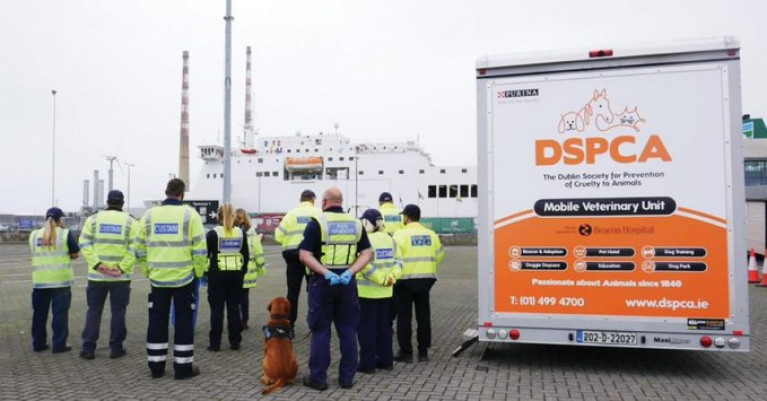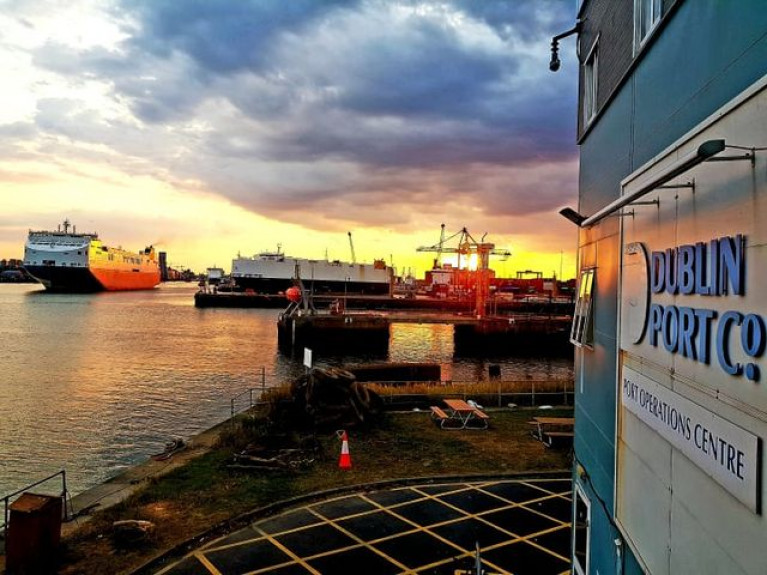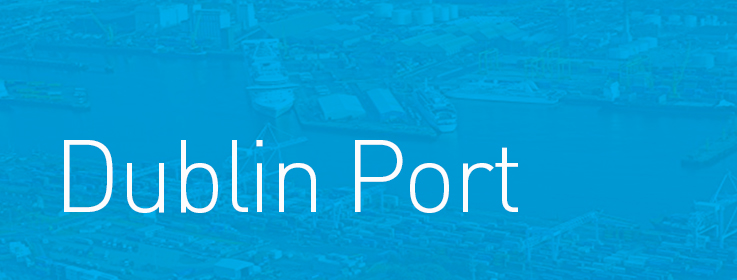
Dublin Port Launches 3FM Project for Poolbeg Peninsula: €400m to Deliver 20% of the Port Capacity Required by 2040
18th November 2021 Dublin Port

Dublin Port Teams With City’s Fire Brigade for Rescue Exercise as Part of Irish Port Safety Week
3rd November 2021 Dublin Port
GB Unitised Trade Down -21%, Direct Trade with Europe up +36%: Brexit Impacts on Dublin Port Clear To Be Seen After Nine Months
27th October 2021 Dublin Port


DSPCA Supporting Efforts in Dublin Port to Clamp Down on illegal Movement of Animals
9th October 2021 Dublin Port
Tall Ships & Sail Training Returns: Sail Training Ireland Launches its 2022 Voyage Calendar
8th October 2021 Tall Ships
Dublin Port Pilot & Tug Lend Tall Ship Danmark a Hand to Berth on the River Liffey
1st October 2021 Tall Ships

Dublin Port Publish New Pricing Strategy of Port Infrastructure Charges for 2022-2026
16th September 2021 Dublin Port

































































